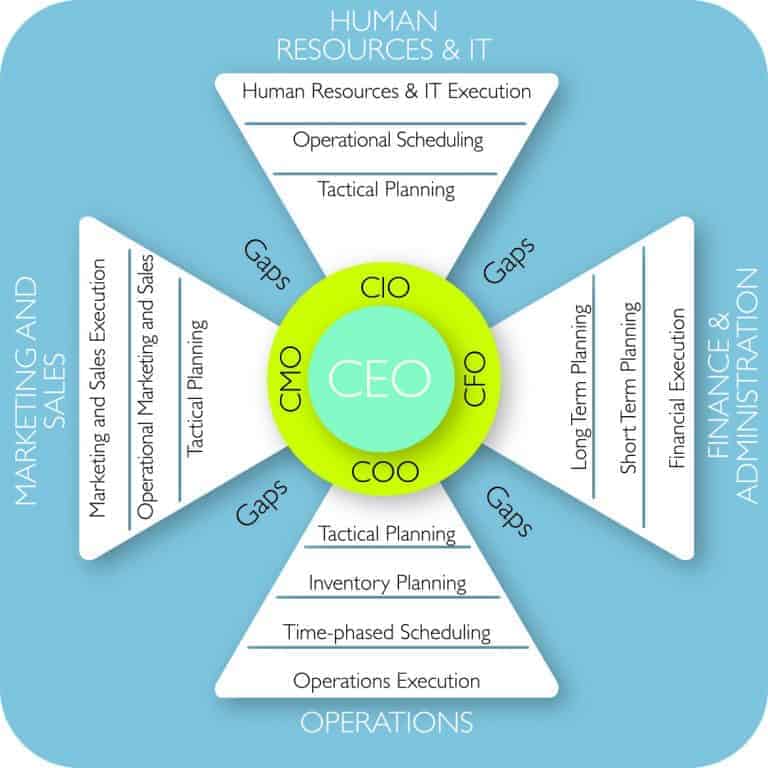Organizational silos are based on the division of labor, on organizing the labor in such a way that each individual specialized in what he/she knows best,
so that it can all be integrated in such a manner that a cohesive whole which is created in the result is much better in quality and much cheaper in price.
This gift of the industrial age to humanity allows to make a production must better in quality and must cheaper in price.
Indeed, because of the period of time, the person will become very good at his production and work at a much faster rate, even if the technology is the same.
Each employee will make his work much faster, and he would make it much better quality than if he was making the whole product.
By the 70’s, the division had been carried too far, in fact, so far that each person would pretend that as if he has nothing to do with the other employees.
To give you an example, I was working in a business transformation project in a mid-sized airlines and I was sitting in the office of the person in charge of maintenance planning of the aircrafts.
At one point in the conversation he dug out and e-mail exchanged with his colleagues from across the room and this e-mail exchange had been carried on over a period of 18 months.
This trivial matter could have been solved by just walking across the room in an authentic spirit of give-and-take and collaborating across the silos.
People in both silos have entrenched themselves into such a position where no action could be taken, the decision-making was extremely slow and people were pointing fingers at each other.
In fact, every organization we have seen, to some extent or other, suffers from this silos mentality. The bureaucratic organization of supply chain 0.0 leads each department to become a pyramid.
Any information which needs to be passed from one department to another would have communicated with the head office of one department to another.
Imagine the time wasted and the problem of information distortion in the process. By killing the spirit of collaboration, it hampers efficiency and effectiveness.
No wonder this kind of organizations find it very hard to compete against even rudimentary supply chains, such as supply chain 1.0.
Many companies struggle with one business transformation after another without addressing the root cause of information holding and silos in supply chain 0.0.
If the company stays stuck in organizational silos, no appreciable improvement will be seen: Information holding will become rife and selective information sharing, the norm.
Blame will be the name of the game in such a situation.
Below are 20 questions that every executive should ask about the supply chain in their business:






